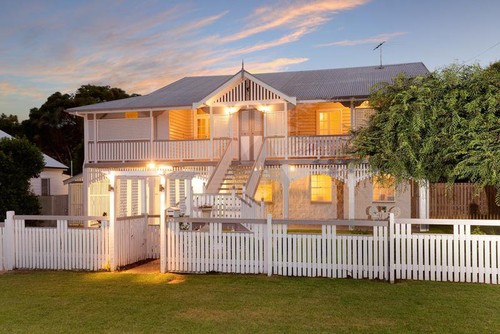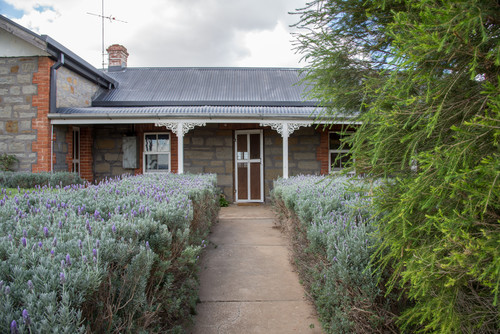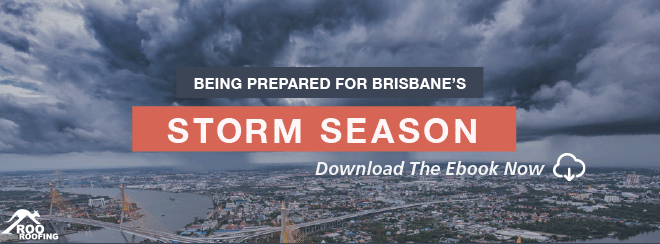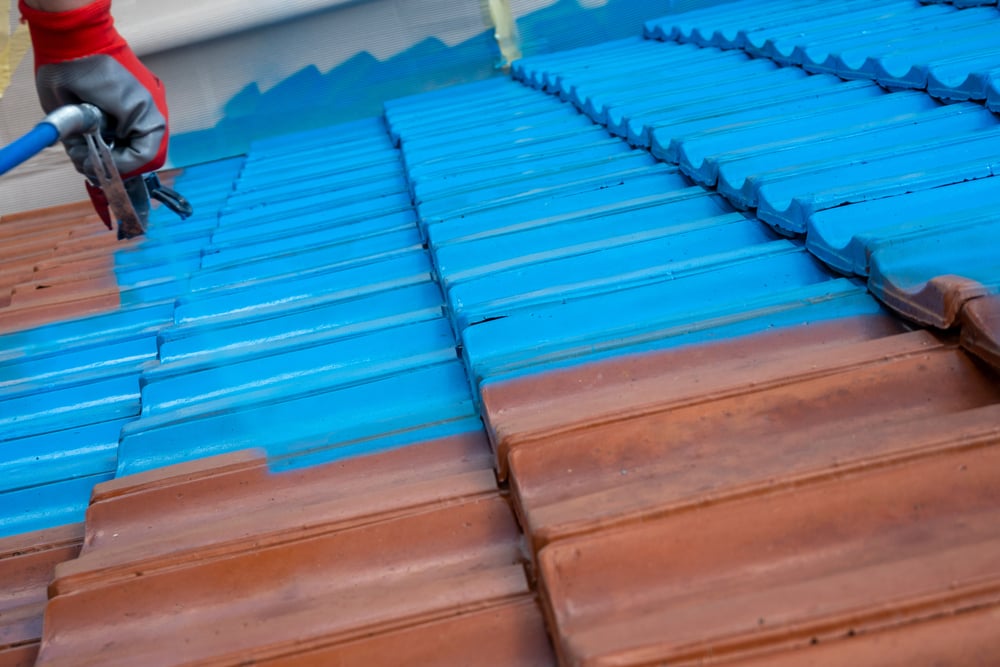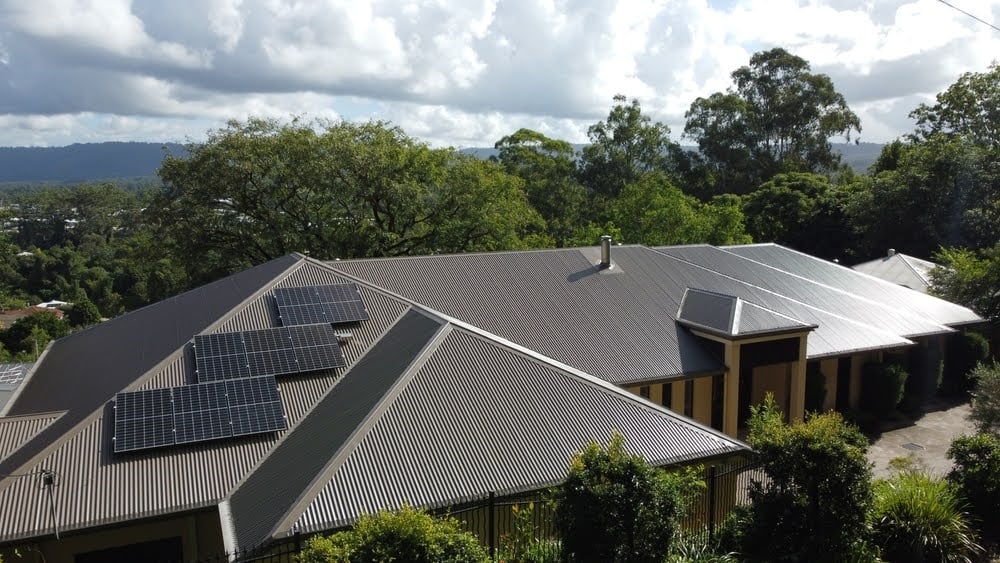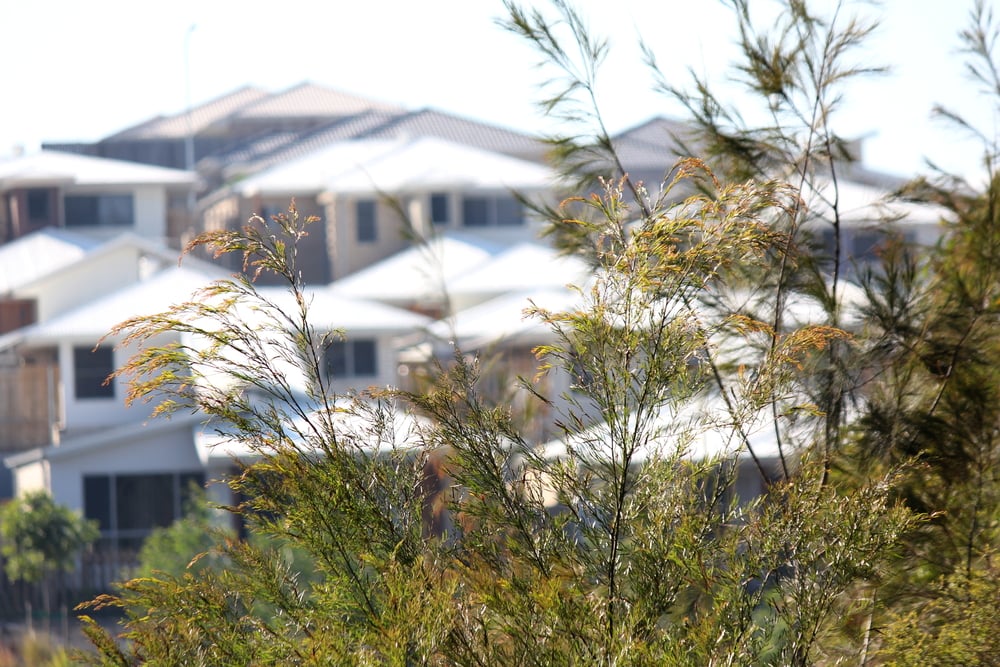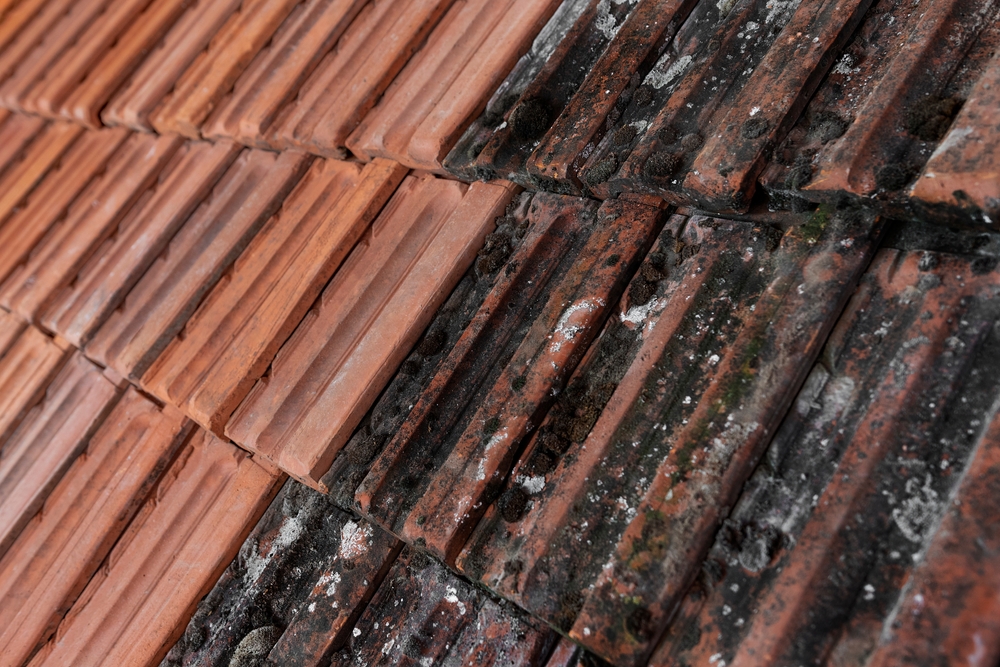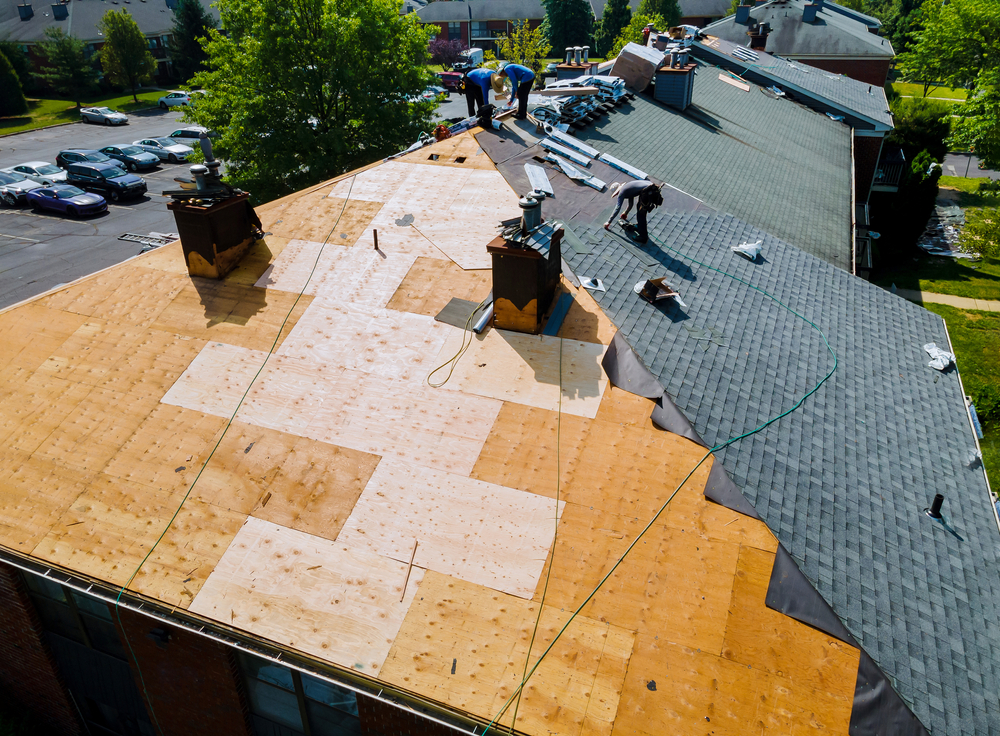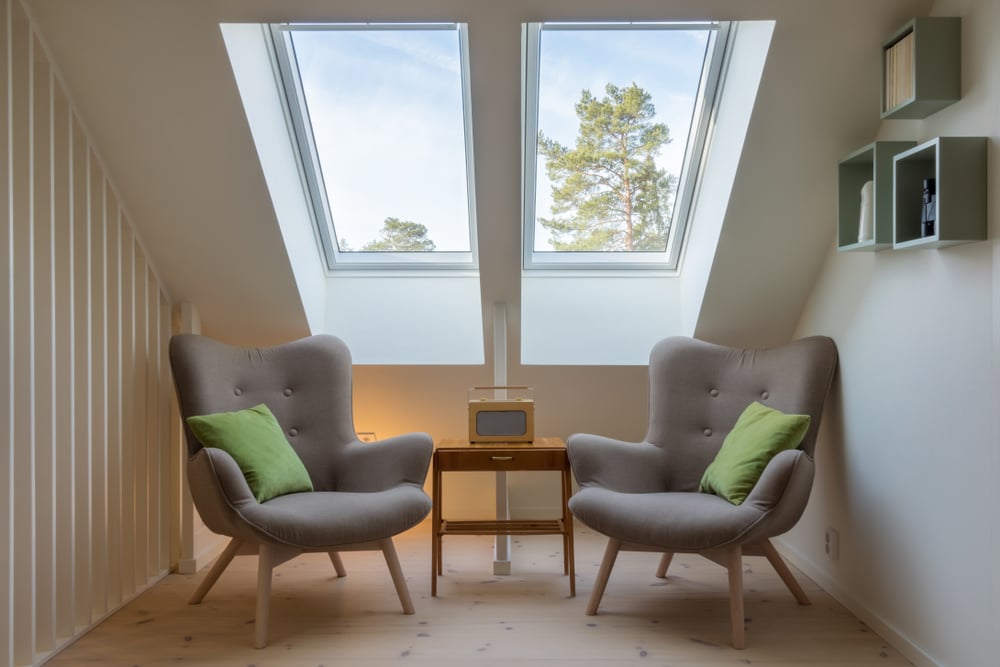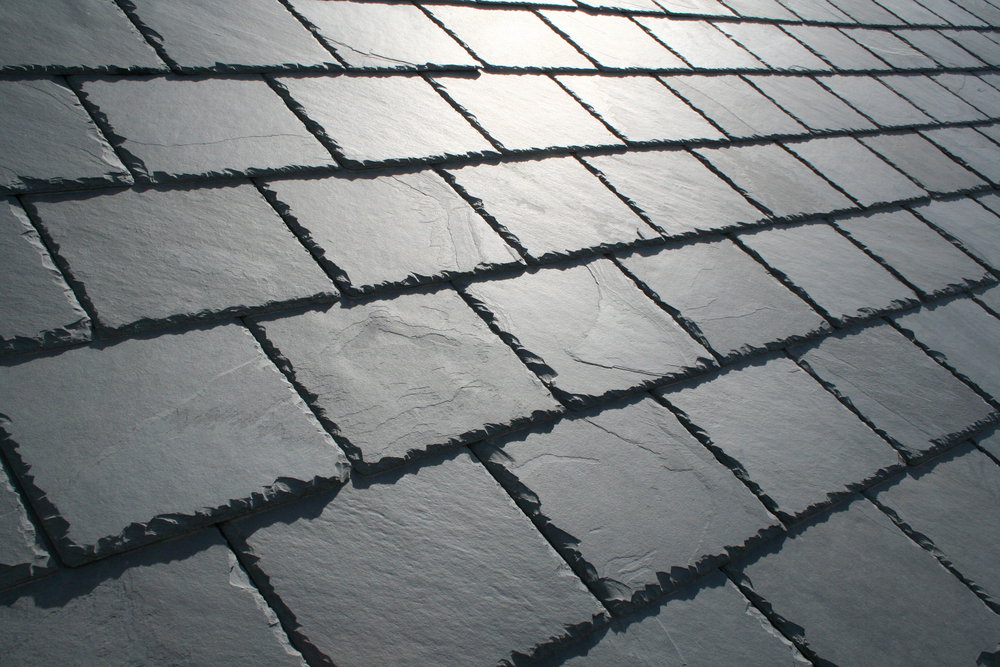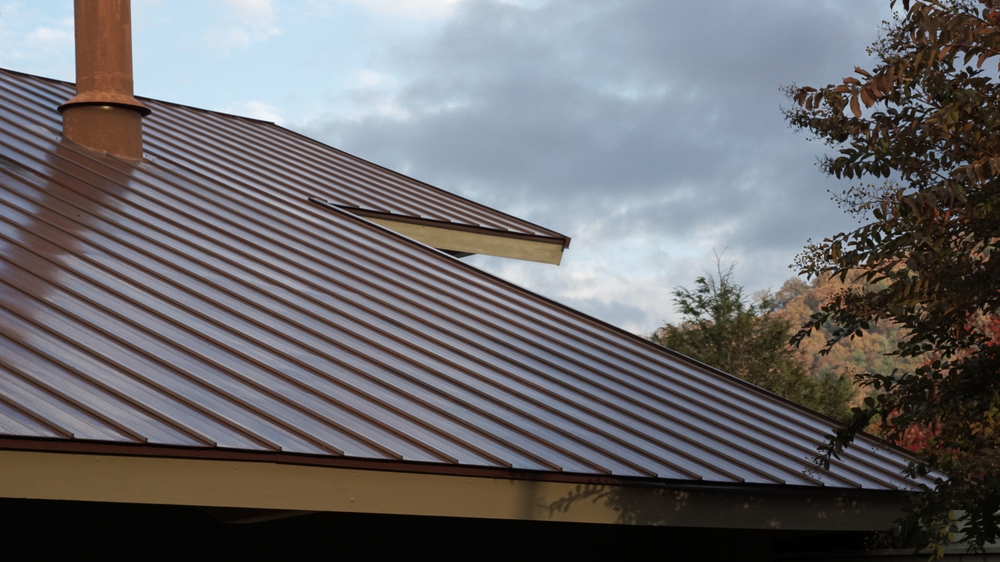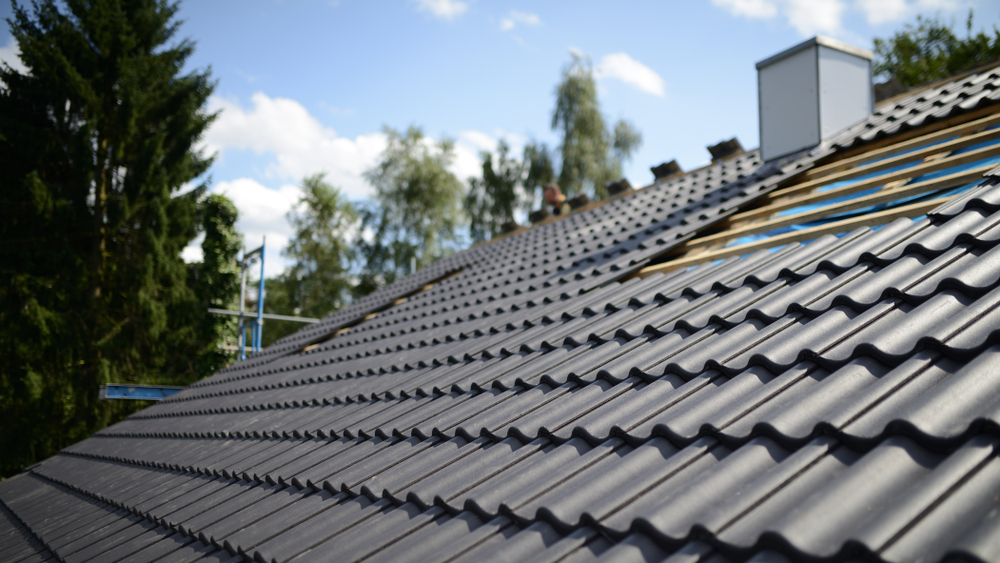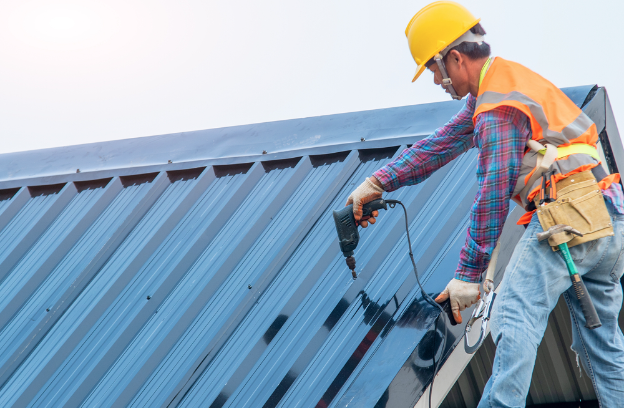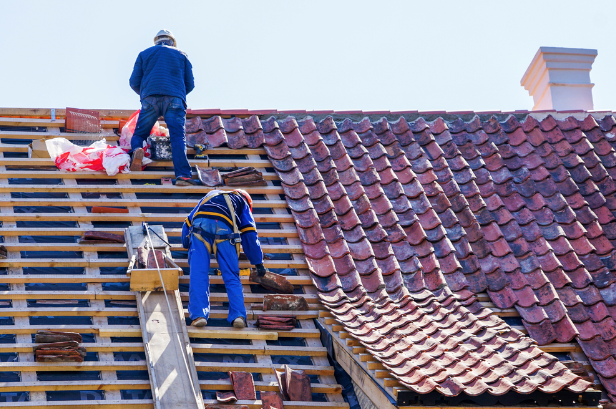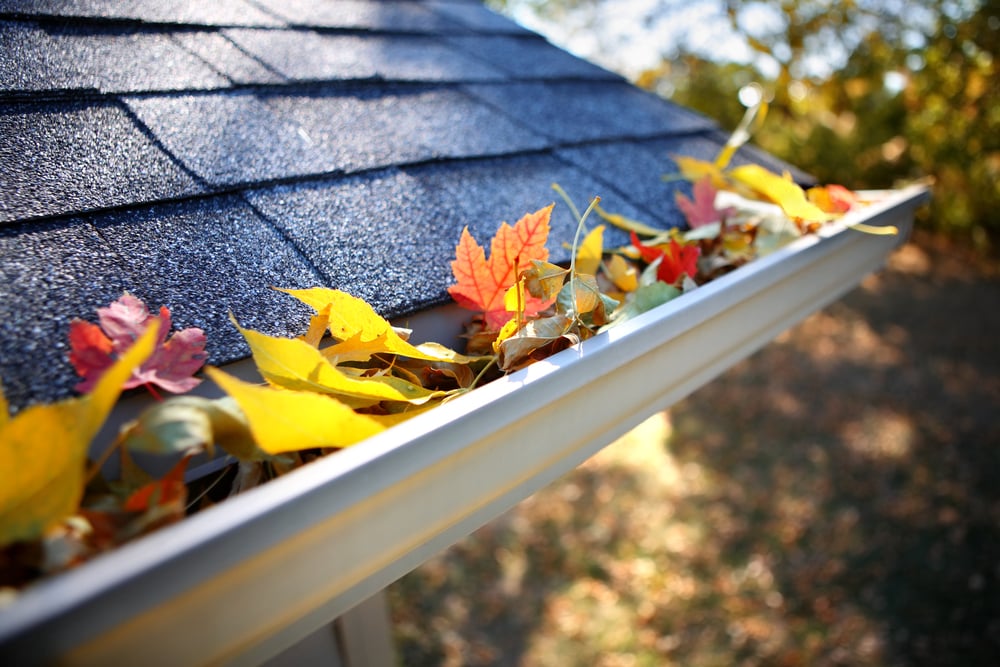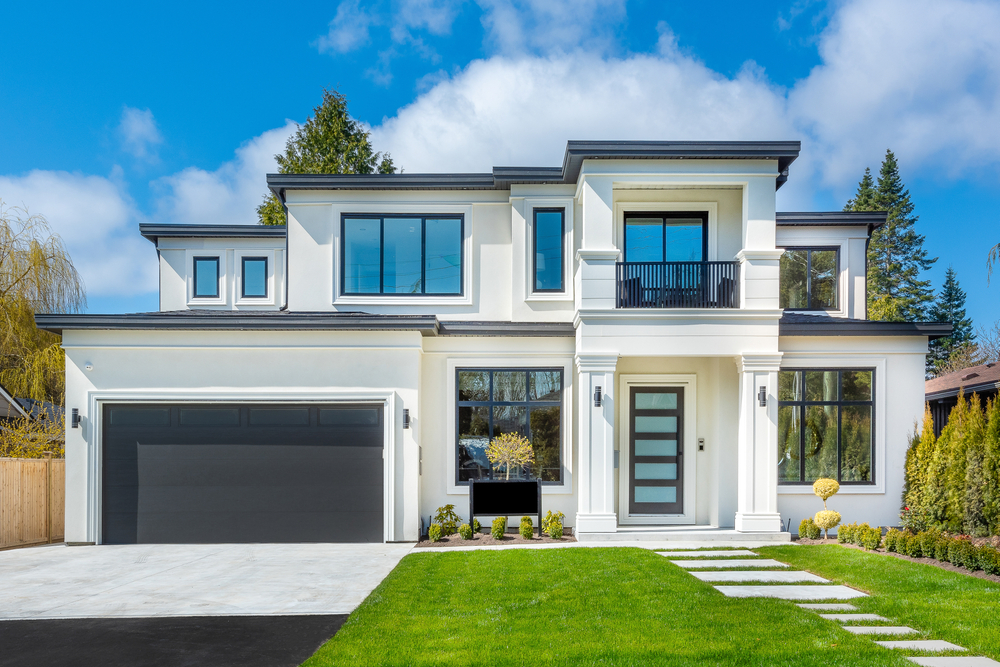
Jul
Roof Considerations when buying your first home
Have you ever watched those house hunter shows? The ones where the featured couple have to pick from three or four locations? Upon inspection, there is certainly a lot to look out for to ensure the home they choose is in tip top condition, and if not, what they may need to do to make it so, once they’ve got it. In this post, we share some roof considerations when buying your first home (and even your succeeding home buys too).
Spot any masses of moss and lichen
One of the easiest ways to inspect a roof is to simply take a step back and inspect the roof from a distance. Is the roof laying flight? Are there any worn spots? Curled edges, mould or mildew? This could signal the roof is decaying underneath or indicate the roof is an older one. Black algae stains are usually just cosmetic. Be sure to ask the original homeowner or the agent, how old the roof is and if there are warranties you can take advantage of.
Look out for missing or broken tiles
Usually this can be just a quick and cheap fix, any loose, damaged, or missing tiles should be replaced immediately. Check for popped nails that need to be hammered back in place. Roof restoration might be the best next step further when keeping your existing roof. However, if there’s a considerable amount of tiles missing or broken, then you’ll need to consider roof replacement.
Beware of any leaks
Leaks are not only a nuisance but can cause a great deal of damage. They can cause damage to floors, damage to furniture and completely ruin walls. Common places where leaks can occur include the valleys, plumbing vents and flashings. Be sure to ask the homeowner/agent if they have experienced any roof leaks (or complaints about roof leaks). You may even want to take a look at the valleys or any roof seams connecting additions, as they are the most common occurring places for leaks to appear. If there are leaks present, consider whether you would like to undergo a roof restoration or roof replacement.
Consider roof warranty cover
Make sure you secure a warranty for your roof or check the previous owner’s warranty on the roof. A full warranty covers defects in both building materials and installation. A warranty helps a homebuyer to be covered for damages over the course of the roof repair work.
Check the roof gutters are not rusted on their inside edges
The roof gutters might look perfect from the ground level, but if you check from their top side they may appear very corroded and soon require replacement.
Test the roof downpipes are running to storm water drains
Walk around the property to check that all roof downpipes are discharging into stormwater soal wells. Look out for any signs of past flooding or excess water flow around the roof downpipe bases as this can be an indication that the soakwells are not suitably sized or require cleaning out (which can be an expensive maintenance cost). To install stormwater soak wells on an established property can also be very expensive - you’ll have to account for paving, concrete and garden beds that also would need to be excavated to install the drains.
Ensure that there’s proper ventilation
Even if you’re consider a house with a brand new roof on it, if it doesn’t have a proper ventiation system, you may have big problems. If there isn’t proper ventilation and insulation it may cause the roof to warp; it reduces energy costs; and, decreases the amount of moisture in the house. To find out this, ask the homeowner/agent what the current system is.
Indoor signs
Look for cracked paint, discolored plasterboard and peeling wallpaper as signs of damaged roof areas.
Know what the roof’s purpose is
Think of the type of roof you want AND need for the home you are considering -
- Durability – how much service will the current roof give you?
- Cost – how does the existing roof compare to the other alternatives? How much would you be willing to fork out for roof restoration or roof replacement?
- Zoning regulations – what do council rules and regulations have to say about the roof design (if you are choosing to upgrade its design) How will it affect the aesthetics in the neighbourhood?
- Environment and weather – can the roof cope with the weather demands in my area?
- Other installations such as AC systems, solar panels etc – these will have an effect on the roof once you move in.
The history of a potential roof will also matter. There are rules on how many layers of tile you can install during the course of repair work, if you’re on the second layer, you should do a complete renovation of your roof the third time.









